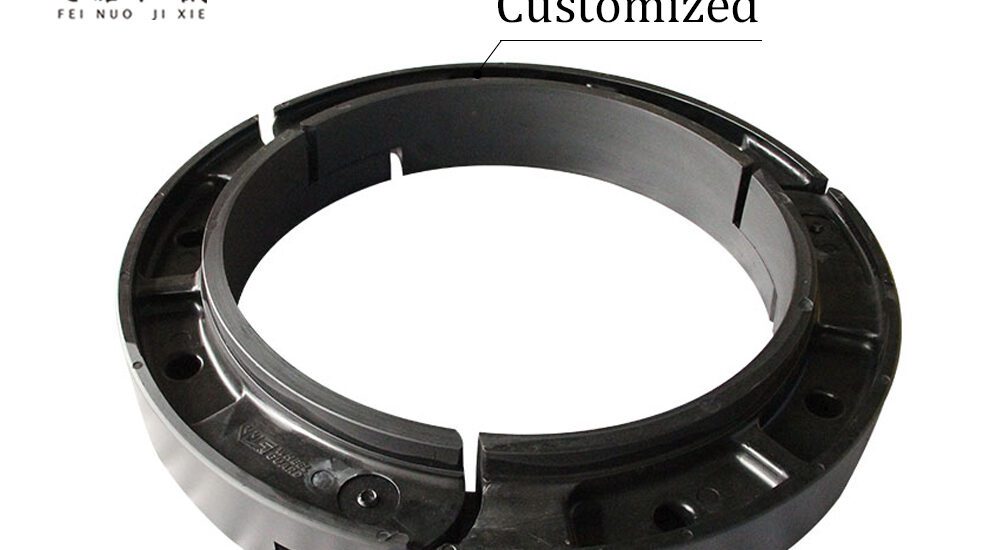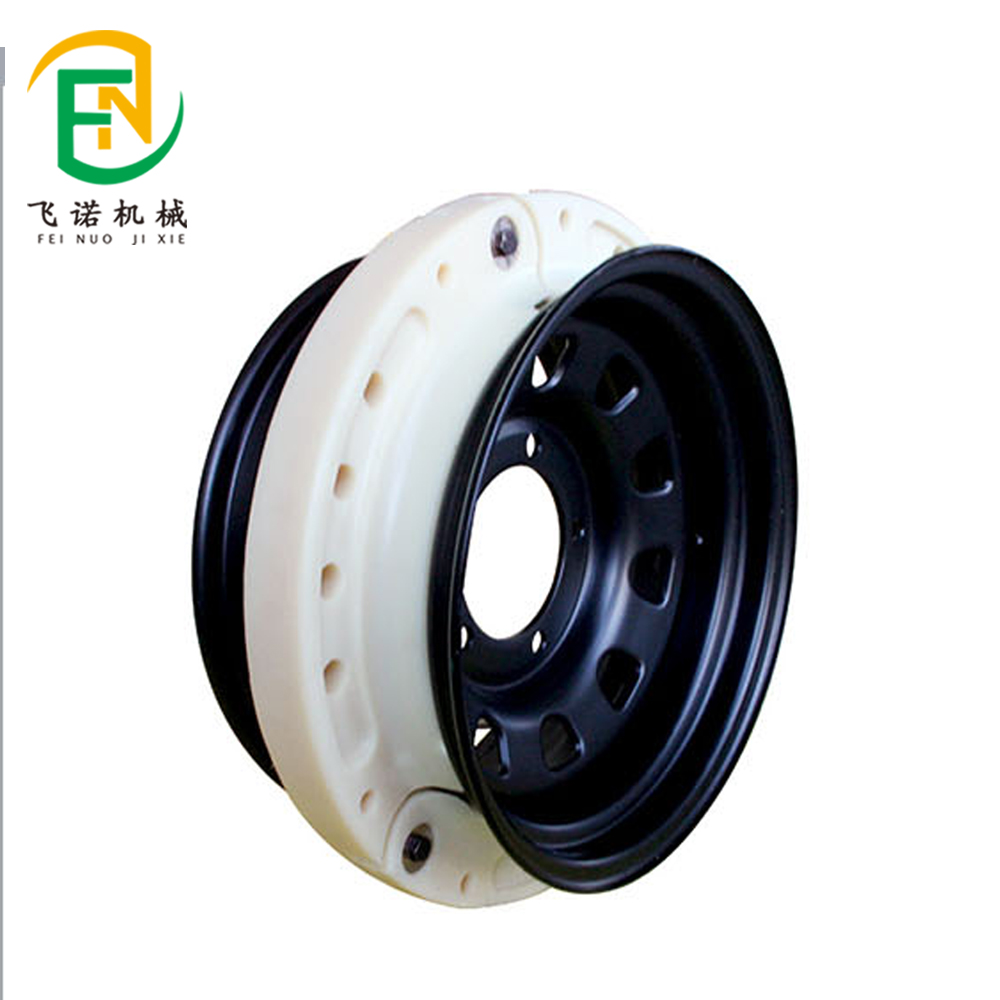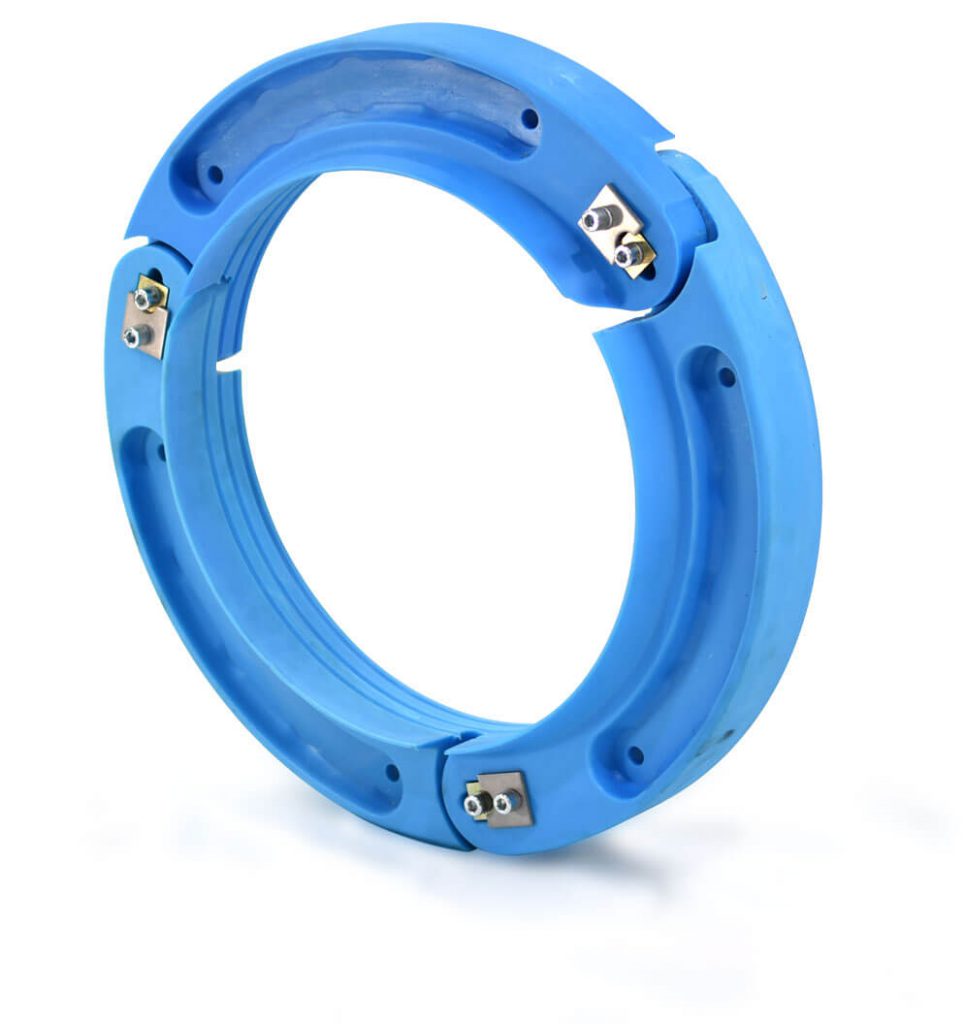- June 12, 2025
- Posted by: feinuojixie
- Category: Run Flat Guide


In the unforgiving world of military operations, every component of a vehicle must perform flawlessly under pressure. One such component that plays a silent yet vital role is the military run flat tire. Unlike conventional tires, these specialized tires are engineered to withstand bullets, shrapnel, and extreme terrain—allowing military vehicles to continue their missions even after suffering tire damage. Whether navigating hostile environments or ensuring troop mobility during emergencies, the run flat tire provides a critical edge. In an era where operational continuity can determine success or failure, its endurance is not just beneficial—it is essential.


The Origin of Military Run Flat Tire Technology
The development of the military run flat tire stems from the battlefield’s harsh realities. During World War II and subsequent conflicts, it became evident that immobilized vehicles due to punctured tires were not just inconvenient—they were life-threatening. In response, military engineers began to explore ways to ensure mobility even after tire compromise. Early solutions involved inner rings and reinforced sidewalls, evolving over decades into sophisticated systems capable of carrying armored vehicles across long distances post-damage. This innovation wasn’t born from luxury—it was a direct answer to the need for survivability and sustained tactical mobility.
Core Features That Define Military Run Flat Tire Endurance
What sets a military run flat tire apart is not only its ability to resist failure but also its performance after being compromised. These tires are built with robust rubber compounds, reinforced sidewalls, and internal support rings or inserts that maintain structural integrity even when air pressure is lost. Some systems employ composite materials or multi-layer armoring that can withstand ballistic impacts. Most importantly, these features enable a vehicle to continue traveling up to 60 miles or more at reduced speeds—critical distance when under fire or needing extraction.
Real-World Battlefield Applications of Run Flat Tire Military Vehicles
The value of run flat tire military systems becomes starkly clear in live combat. In conflict zones like Iraq and Afghanistan, convoys often encountered IEDs and gunfire. Vehicles equipped with run flat tire could push through ambushes, maintain formation, and reach safety even after tire damage. In one documented incident, a troop carrier took small arms fire that destroyed three of its tires—but thanks to run flat technology, the driver managed to deliver all personnel safely to base. In such moments, this tire technology doesn’t just support mobility—it saves lives.
From Harsh Terrain to Urban Zones: The Tire’s Versatility
Military vehicles operate in a range of hostile environments, from rocky highlands to sandy deserts and dense urban areas. The military run flat tire is designed to perform consistently across all of them. Deep treads and specially formulated rubber ensure traction in mud, sand, and loose gravel. Reinforced construction prevents sidewall tears from jagged rocks. In urban scenarios, the tire’s resistance to nails, glass, and other debris makes it indispensable during riot control, peacekeeping, or disaster response operations. Its versatility is a key reason it’s a standard feature on armored personnel carriers and tactical trucks alike.
Maintenance and Lifecycle: How Long Do They Last Under Pressure?
Durability is at the heart of run flat tire military engineering. While no tire lasts forever, these are designed to endure far more abuse than their civilian counterparts. On average, they can support mobility for over 50 miles post-damage, depending on vehicle weight and terrain. Routine inspection is essential, especially after high-impact missions, but the built-in toughness reduces the frequency of replacements. Military logistics teams monitor wear patterns and structural integrity using digital sensors or manual checks, ensuring that vehicles remain mission-ready without excessive downtime.
Advancements in Military Run Flat Tire Design and Innovation
Ongoing innovation has pushed the military run flat tire to new levels of performance. Manufacturers are now incorporating lightweight alloys and advanced polymers to reduce overall vehicle weight while improving protection. Smart tire technology is also emerging—equipping tires with embedded sensors that report damage in real-time to the vehicle’s control systems. These advancements not only extend operational ranges but also improve decision-making during combat. Additionally, quieter tread designs help reduce acoustic signatures, a critical advantage during stealth missions.
Beyond the Frontlines: Run Flat Tire Military Use at Base and in Training
The benefits of run flat tire military use extend well beyond active combat zones. At military bases, these tires are used on perimeter patrol vehicles, secure transport fleets, and training units. Instructors rely on them to simulate battlefield conditions without the safety risk of sudden tire failure. For logistical operations, run flat tire ensures secure movement of equipment, supplies, and personnel—even across rugged base terrains. This wide usage underscores the tire’s reliability and the trust the military places in its performance.


Civilian Crossovers: How Military Tire Technology Impacts Commercial Markets
Civilian sectors have taken cues from military run flat tire design. Armored SUVs for diplomats, police SWAT vehicles, and emergency response trucks increasingly use similar tire systems. The appeal lies in the same principles—safety, reliability, and uninterrupted operation during high-risk situations. Even high-end consumer vehicles now offer run flat options, showing how military innovation often trickles into everyday utility. The durability and resilience developed for the battlefield are now protecting civilians on highways and in urban centers worldwide.
The Silent Warrior That Keeps the Military Moving
While rarely in the spotlight, the military run flat tire plays a silent but crucial role in mission success. It transforms a vehicle from a fragile machine into a resilient force, capable of enduring attacks and navigating the world’s most challenging environments. Its continued evolution reflects the military’s unyielding need for mobility, safety, and performance. From the battlefield to the base, this tire has proven its endurance—and earned its place as one of the unsung heroes of modern defense.
